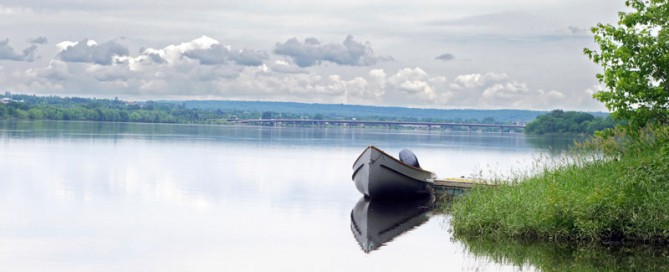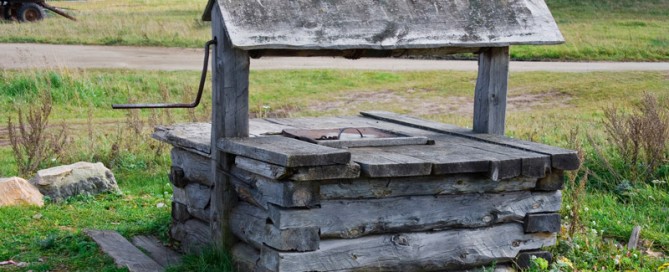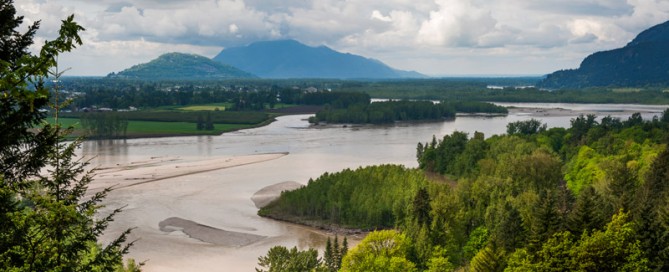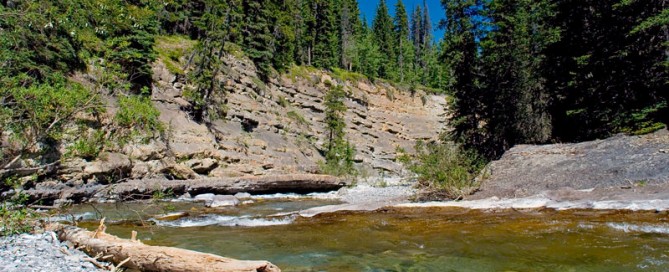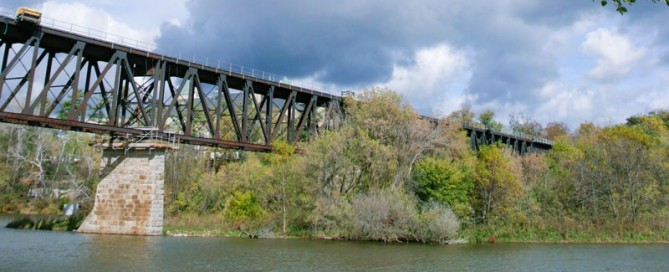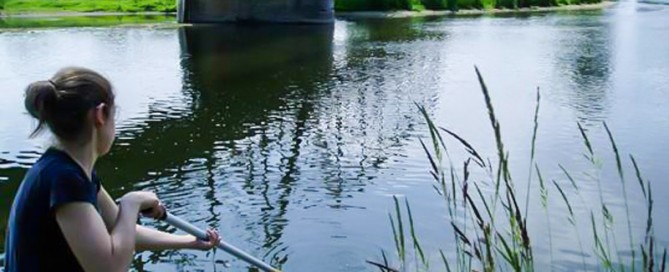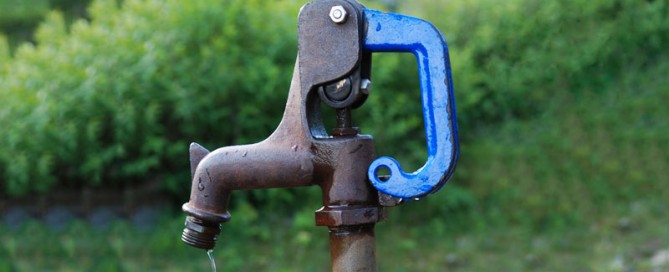Coupling Between Rivers and Alluvial and Fractured Bedrock Groundwater Flow Systems
Throughout the project, the researchers assembled a unique data set consisting of geophysical, hydraulic, microbiological, geochemical, and isotopic information. Field investigations were conducted in a major municipal water supply aquifer in Fredericton, New Brunswick, which was considered to be representative of similar river valley aquifers.


